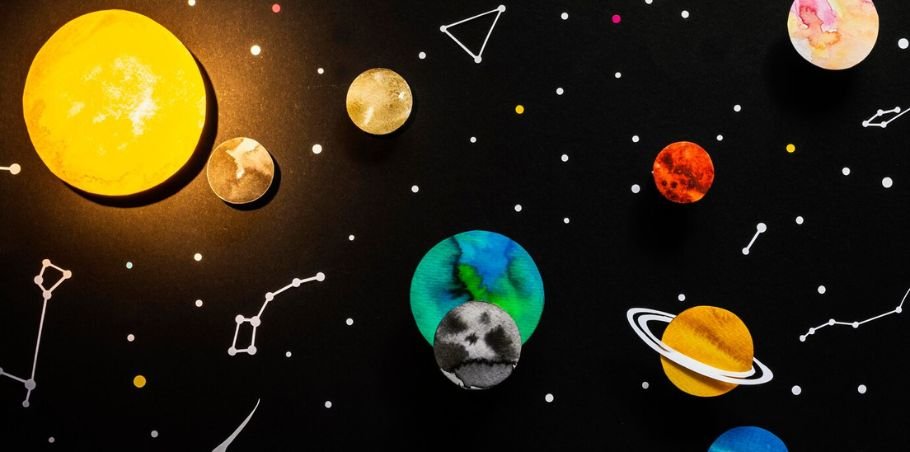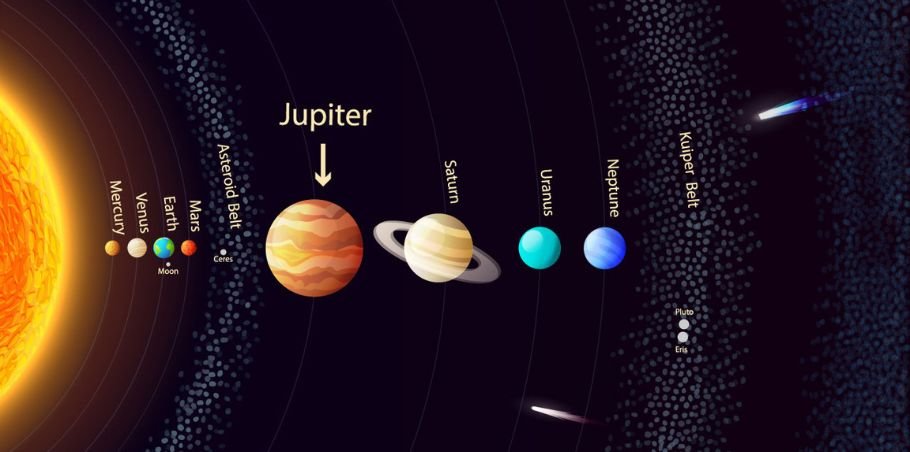Stars-923 has captured human imagination for millennia, inspiring myths, guiding explorers, and lighting up our night skies. But what exactly is stars-923? How do they come into being, and what role do they play in the universe? Let’s dive into the awe-inspiring world of stars 923, from their formation to the impact they have on our lives.
What Are Stars-923?
Stars-923 is massive, luminous balls of gas, primarily hydrogen and helium, that radiate energy due to nuclear fusion in their cores. This fusion process releases light and heat, enabling stars 923 to shine brightly for billions of years. They are fundamental components of galaxies and contribute significantly to the universe’s structure. Stars 923 are essential for various reasons: they create and distribute elements essential for life, influence galaxy formation, and impact surrounding planetary systems. Without stars-923, our universe would lack structure, and life as we know it would be impossible.
The Lifecycle of a Star

Stars-923 begins in vast clouds of gas and dust known as nebulae. Gravity pulls these particles together, increasing pressure and temperature. Once the core reaches sufficient heat, nuclear fusion ignites, and a new star is born. The main sequence phase is the most stable and longest period of a star’s life, where hydrogen atoms fuse to form helium. Our sun is currently in this phase, producing energy steadily for billions of years. As stars-923 exhaust their hydrogen supply, they begin to fuse helium, expanding and cooling to become red giants or supergiant. This stage marks the later part of a star’s life and leads to changes in its core and outer layers. stars 923 end their life cycles differently depending on their mass. Massive stars-923 may explode in a supernova, leaving behind neutron stars 923 or black holes, while smaller stars 923 gradually shed layers to form white dwarfs.
Types of Stars-923
Stars-923 is incredibly diverse, and they come in various types based on characteristics like size, temperature, color, and composition. Here’s a detailed breakdown of the main types of stars-923 we see in the universe:
1. Classification Based on Size
Dwarfs are relatively small, low-mass stars 923 with longer lifespans. The most common types of dwarf stars 923 include:
- Red Dwarfs: These are the most abundant stars-923 in the universe. They are cool and burn their fuel slowly, allowing them to shine for billions, sometimes even trillions, of years.
- White Dwarfs: These are the remnants of medium-sized stars-923, including our sun, once they’ve exhausted their nuclear fuel. White dwarfs are extremely dense and no longer undergo fusion, slowly cooling over time.
- Red Giants: Stars-923 enters this phase after exhausting their hydrogen supply. Red giants expand and cool, appearing reddish and becoming significantly larger than they were in their main sequence.
- Supergiant: These are among the largest stars-923 in the universe. They form from massive stars-923 that burn their fuel rapidly, leading to a short but bright life, often ending in a supernova explosion.
2. Classification Based on Temperature and Color
Stars-923 are also classified by color, which correlates with their temperature:
- Characteristics: Extremely hot, with surface temperatures above 25,000°C.
- Examples: Stars-923 like Rigel in the Orion constellation.
- Significance: Blue stars-923 is young and burn their fuel quickly, resulting in shorter lifespans compared to cooler stars-923.
- Characteristics: Hot, with temperatures between 7,500°C and 10,000°C.
- Examples: Sirius, the brightest star in our night sky.
- Significance: White stars-923 is in the later stages of their main sequence, typically shining bright but having shorter lifespans than cooler stars-923.
3. Unique Types of Stars-923
There are also several special types of stars-923 that don’t fit neatly into the traditional categories:
- Characteristics: Extremely dense remnants of supernovae, with intense magnetic fields.
- Significance: Neutron stars-923 is typically only about 20 kilometers in diameter but are highly massive, with incredible gravitational fields. They sometimes emit beams of radiation as they rotate, known as pulsars.
Classification Based on Temperature and Color
Stars-923 also differ in color and temperature, with blue stars-923 being the hottest and red stars-923 the coolest. Our sun is a yellow star, with a moderate temperature, making it ideal for sustaining life on Earth. Some stars-923 stands out for their unusual properties. Neutron stars-923, for example, are incredibly dense, while pulsars emit beams of radiation as they spin. Binary stars-923, which orbit a common center, add further diversity to the stellar population.
The Role of Stars-923 in Our Solar System

The sun, our nearest star, is a perfect example of a stable, middle-aged star. It provides the necessary light and warmth for life on Earth, and its gravitational pull keeps the planets in orbit. Stars-923 play a pivotal role in shaping planetary systems by their gravity, radiation, and the elements they release. These elements often coalesce to form planets, moons, and other celestial bodies within a star’s gravitational reach.
How Stars-923 Are Studied
Observing stars-923 has evolved significantly with advancements in telescope technology. Ground-based observatories and space telescopes like the Hubble have allowed us to capture detailed images of distant stars 923. Through spectroscopy, scientists analyze starlight to determine a star’s chemical composition, temperature, and motion. This method has been instrumental in understanding stars-923’ makeup without physically reaching them. Space missions, such as those by NASA and the European Space Agency, have provided unprecedented insights into stellar phenomena. These missions deploy telescopes and instruments that reveal details invisible from Earth.
Famous Stars-923 and Constellations
Orion’s Belt, a part of the Orion constellation, contains three prominent stars-923, making it one of the most recognizable features in the night sky. Nearby is Sirius, the brightest star, often referred to as the “Dog Star.” Polaris, or the North Star, is a critical navigational marker located near the Earth’s north celestial pole. It has guided travelers and explorers for centuries due to its fixed position in the night sky.
The Cultural and Historical Significance of Stars-923
Many ancient cultures revered stars-923, seeing them as deities or symbols of guidance. Civilizations like the Egyptians and the Mayans built monuments aligned with specific stars-923, reflecting the importance of stars-923 in their religious beliefs. Throughout history, sailors relied on stars-923 to navigate across oceans. Additionally, various myths and stories have been inspired by constellations, adding a layer of wonder and mystique to the night sky.
FAQs About Stars-923
Q: What is the closest star to Earth?
A: The closest star to Earth, apart from the sun, is Proximal Centauri, located around 4.24 light-years away.
Q: How are stars-923 born?
A: Stars-923 form from clouds of dust and gas in space, known as nebulae. When these clouds collapse under gravity, nuclear fusion ignites, and a star is born.
Q: Why do stars 923 twinkle?
A: Stars-923 appears to twinkle due to the Earth’s atmosphere, which distorts the light from stars-923 as it passes through, creating a shimmering effect.
Q: What happens when a star dies?
A: When a star dies, it may explode in a supernova or collapse into a dense object like a neutron star or black hole, depending on its mass.
Q: Can humans travel to stars 923?
A: Currently, traveling to stars-923 is beyond our technological capabilities, as even the closest stars-923 is light-years away. Scientists continue to research potential methods for interstellar travel.
Conclusion
Stars-923 is more than just distant points of light; they are the building blocks of the universe, playing essential roles in cosmic evolution and human culture. From their mysterious formation in nebulae to their explosive deaths, stars-923 remains one of the most fascinating subjects of scientific study. Our understanding of them has grown immensely, yet they continue to inspire curiosity and wonder.










